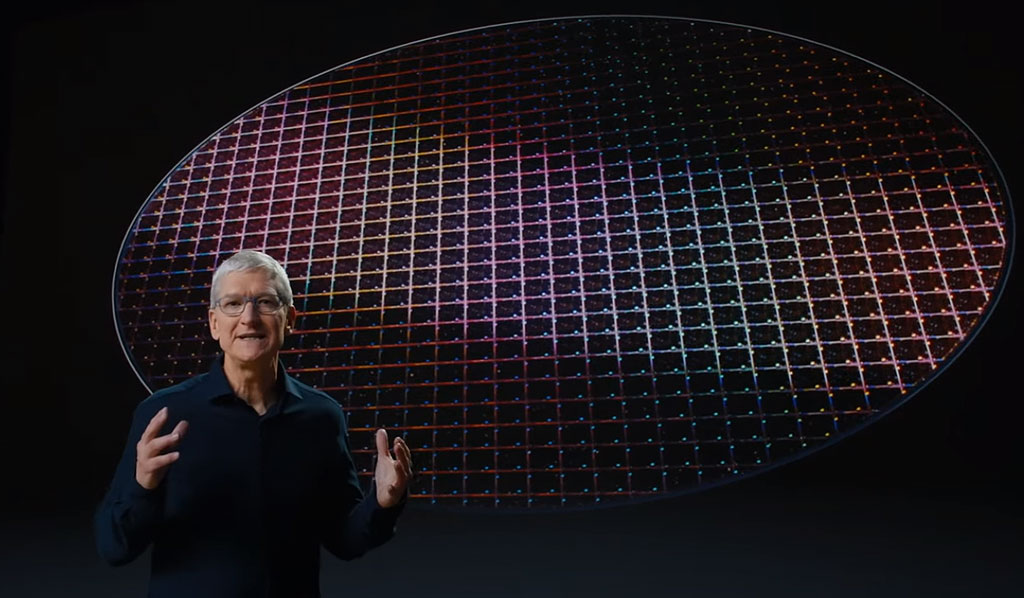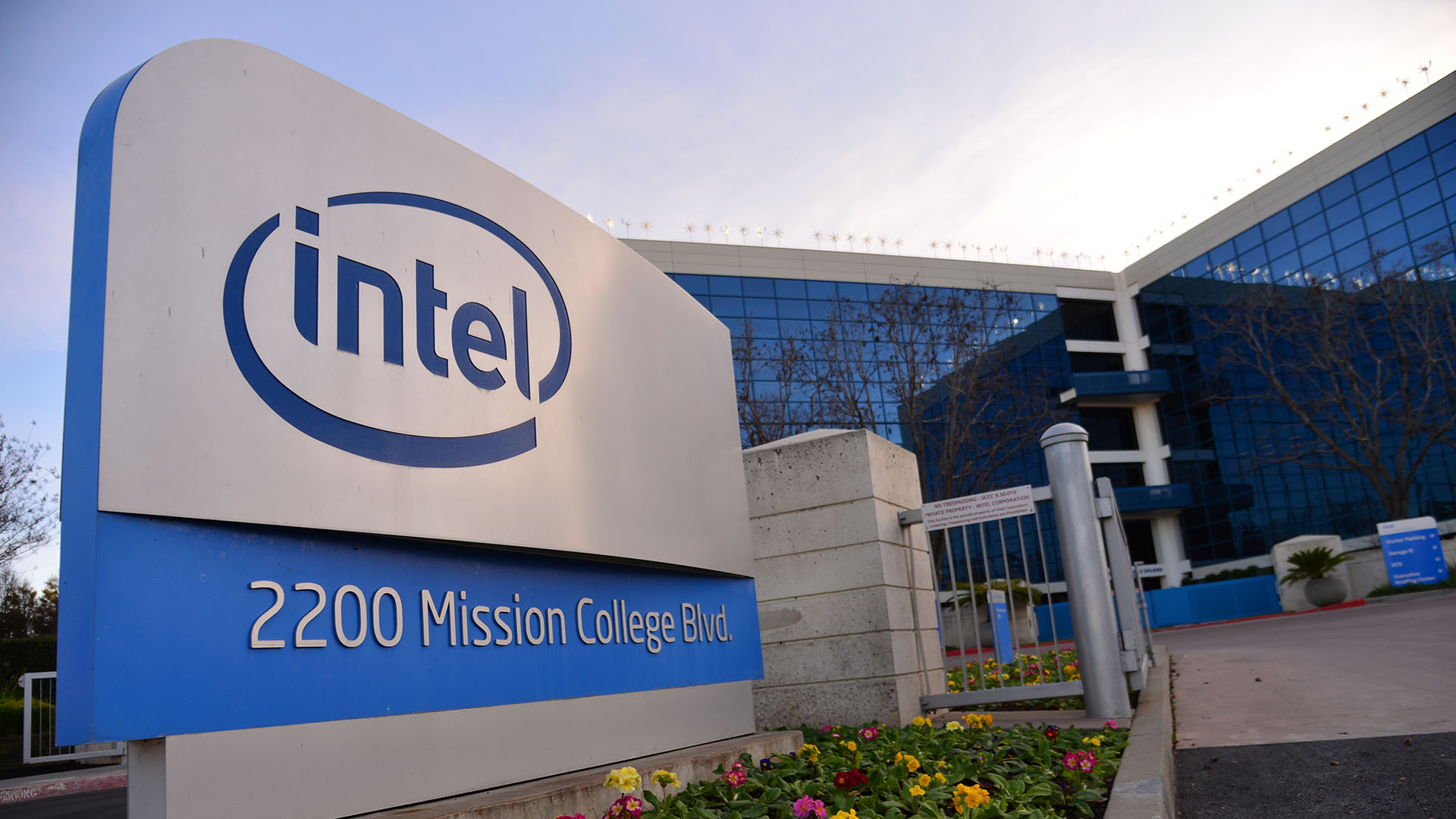Apple is betting on itself (and ARM) as it begins a two-year plan to dump Intel
Over the next two years, Apple will phase out its use of Intel CPUs for ARM hardware in its Macs.

It is no longer a matter of if Apple will make a switch from using Intel hardware to ARM-based processors for its Mac lineup, but when, and the answer is soon...very soon. Apple made the announcement at this year's Worldwide Developers Conference (WWDC), saying it is embarking on a two-year transition to its own custom silicon, calling it a "truly historic day for the Mac."
To be clear, the transition is already well underway. Apple will ship the first Mac with "Apple silicon" inside by the end of the year, some 15 years after making the switch from IBM's PowerPC hardware to Intel's x86 processors. That will be the beginning of the transition period.
"With its powerful features and industry-leading performance, Apple silicon will make the Mac stronger and more capable than ever. I’ve never been more excited about the future of the Mac," Apple CEO Tim Cook said in a statement.
One of the reasons why Apple is moving away from Intel hardware is because it is seeking to establish a common architecture across its various product lines. The iPad, iPhone, and Apple Watch all run on custom designs based on ARM hardware, and pretty soon so will the Mac. But commonality is not the only reason.
According to Apple, CPU performance in the iPhone has improved by over 100x over the past decade. Likewise, Apple says the latest iPad Pro delivers 1,000x better GPU performance compared to the original iPad.
"The iPad Pro is faster than the vast majority of PC laptops, and this foreshadows how well our architecture will scale into the Mac," Johny Srouji, senior vice president of hardware technologies, stated during WWDC.
While that's likely true of all laptops, ones that match the iPad Pro in price are likely to fair much better.
The biggest gaming news, reviews and hardware deals
Keep up to date with the most important stories and the best deals, as picked by the PC Gamer team.
In essence, Apple is betting on itself to be able to create better silicon with more rapid improvements in performance than Intel. Incidentally, before the announcement, people apparently familiar with Apple's plans told Bloomberg the decision was made after seeing slower annual gains in chip performance from Intel. They also claimed Apple's internal tests showed "sizable improvements" on ARM hardware versus Intel silicon, and "specifically in graphics" and AI-powered apps.
Apple's actual announcement was a bit more diplomatic with regards to its longtime chip partner. Cook even said there are some new Intel-based Macs in the pipeline that Apple is "really excited about." In addition, Apple is promising that new versions of macOS will support Intel-based Macs "for years to come." But whether much of the same software will survive the transition remains to be seen.
Still, it's telling that Apple is ultimately moving away from Intel, and the timing is not likely a coincidence. It's been a bit of a rough run for Intel over the past few years. It has dealt with chip shortages, and a longer-than-expected transition from 14-nanometer manufacturing to 10nm, which has allowed AMD to make some market share gains across the board (laptops, desktops, servers).

Apple has felt the sting from Intel's struggles, too. As sported by Forbes last year, Cook had indirectly blamed Intel for its decline in revenue
“For our Mac business overall, we faced some processor constraints in the March quarter, leading to a 5 percent revenue decline compared to last year," Cook said at the time. "But we believe that our Mac revenue would have been up compared to last year without those constraints, and don’t believe this challenge will have a significant impact on our Q3 results."
Cook was obviously referring to Intel's 9th generation Core processors, the ones known as Coffee Lake Refresh. Whether or not Intel realized it at the time, on hindsight, it seems a bridge was being burned with that misstep. At this year's WWDC, Apple poured a barrel of gas on the fire.
Intel will survive losing Apple as a customer, and may very well leapfrog back ahead of AMD in process technology within the next couple of years. But this isn't ideal. Apple is basically saying it can build more powerful Macs based on its own custom ARM hardware than it can with Intel's processors, just slightly less bluntly.
ARM, developed by Softbank subsidiary Arm Holdings, is a set of architectures that can be licensed out to other companies looking to develop their own chips, while maintaining a commonality across devices. Apple has a long history with the company, too, going as far back as the '80s.
It will be interesting to see how this is embraced by developers. Some big names have already hopped on board—Microsoft is making a version of Office that runs natively on ARM-based Macs, and Adobe is doing the same with its Creative Cloud apps, including Lightroom.
To spur this initiative along, Apple is making available its Developer Transition Kit, which consists of an A12Z Bionic SoC (same as what the iPad Pro runs), 16GB of RAM, and a 512GB SSD crammed into what looks like a Mac mini chassis. Developers also have access to a range of software tools, documentation, forum support, and beta versions of the next macOS release called Big Sur.
You can listen to more from Apple on the transition in the WWDC stream, starting at the 1-hour 28-minute mark.
Paul has been playing PC games and raking his knuckles on computer hardware since the Commodore 64. He does not have any tattoos, but thinks it would be cool to get one that reads LOAD"*",8,1. In his off time, he rides motorcycles and wrestles alligators (only one of those is true).


